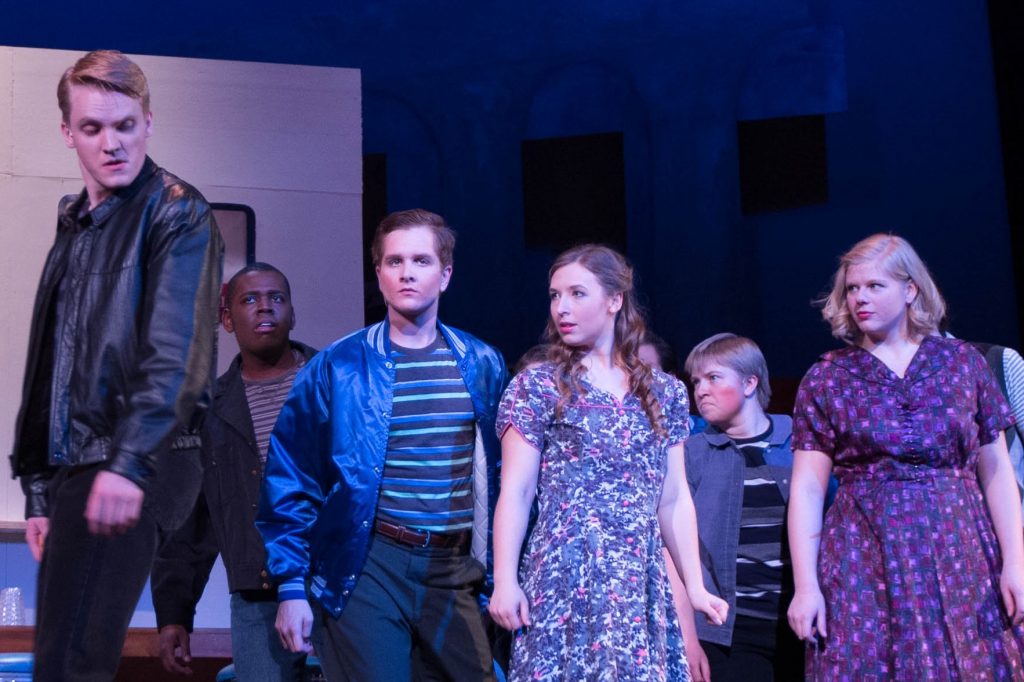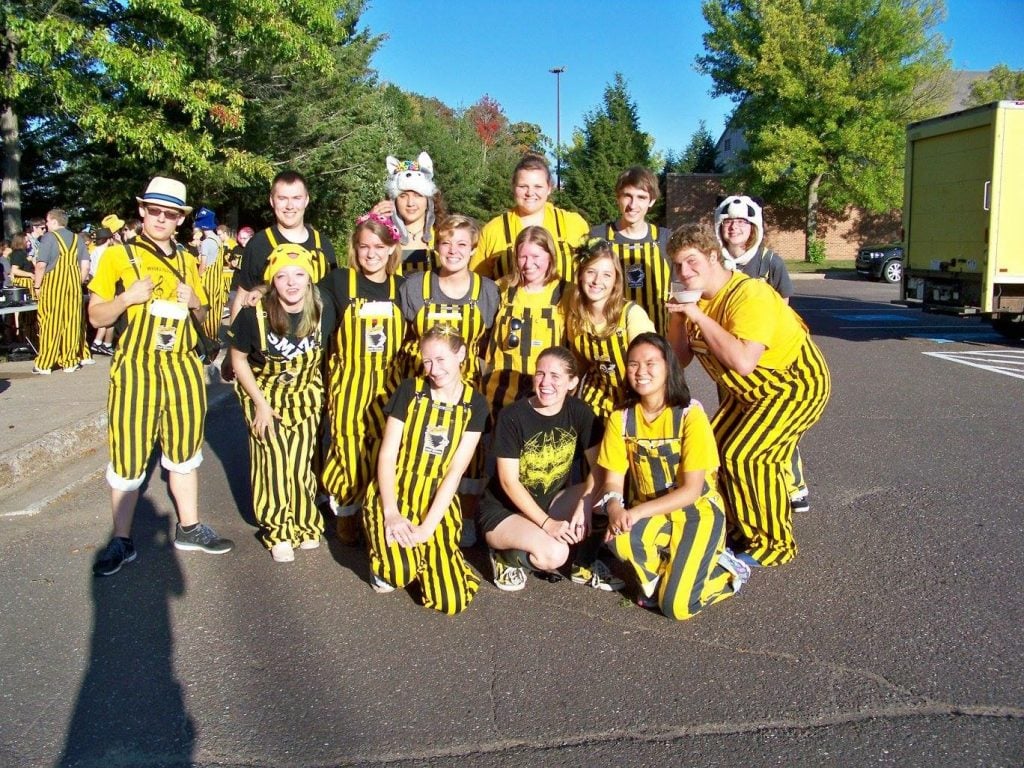 The National Oceanic and Atmospheric Administration (NOAA) recently announced the availability of scholarships for undergraduate students majoring in disciplines related to oceanic and atmospheric science, research, or technology, and supportive of the purposes of NOAA’s programs and mission. Over 100 students are selected each year for participation in the Ernest F. Hollings (Hollings) and Educational Partnership Program (EPP) scholarship programs. These scholarships include support for two years of undergraduate study and summer internship opportunities at NOAA facilities across the country.
The National Oceanic and Atmospheric Administration (NOAA) recently announced the availability of scholarships for undergraduate students majoring in disciplines related to oceanic and atmospheric science, research, or technology, and supportive of the purposes of NOAA’s programs and mission. Over 100 students are selected each year for participation in the Ernest F. Hollings (Hollings) and Educational Partnership Program (EPP) scholarship programs. These scholarships include support for two years of undergraduate study and summer internship opportunities at NOAA facilities across the country.
For information on program benefits and how to apply, visit the following web sites:
Educational Partnership Program Undergraduate Scholarship: www.noaa.gov/eppscholarship
Application Deadline: January 31, 2018
Ernest F. Hollings Undergraduate Scholarship: www.noaa.gov/hollings
Application Deadline: January 31, 2018
Eligibility Requirements:
- US Citizen
- 3.0 GPA (Hollings) or 3.2 GPA (EPP)
- Full-time second year student at an accredited four-year undergraduate program or third year student at a five-year undergraduate program
- Majoring in NOAA mission disciplines, including but not limited to: atmospheric science, biology, cartography, chemistry, computer science, education, engineering, environmental science, geodesy, geography, marine science, mathematics, meteorology, oceanography, physical science, photogrammetry, physics, etc.
- Enrolled at a Minority Serving Institution (EPP Scholarship only)
For further information, contact the Office of Education Scholarship Programs at: StudentScholarshipPrograms@noaa.gov or (301) 628-2913.






















 Continuing our work at KITAYOSCE this last week, we worked more with the youth on their football skills, and especially stressed teamwork and communication, both on and off the football pitch. As the kids got more comfortable working with us, the games and scrimmages got a lot more laid back and enjoyable. KITAYOSCE, in addition to working with youth to develop their skills, also have a young adult team, and are a feeder for some of the Tanzanian professional teams. As such, they are always looking for ways to improve their online image, as well as their football skills. To this end, we were able to leave one of the KITAYOSCE executive board members with two action cameras, as well as instructions on how to use them. They will be able to use the cameras to capture game film for later review, as well as make promotional videos for their Facebook page. We know they will be well used!
Continuing our work at KITAYOSCE this last week, we worked more with the youth on their football skills, and especially stressed teamwork and communication, both on and off the football pitch. As the kids got more comfortable working with us, the games and scrimmages got a lot more laid back and enjoyable. KITAYOSCE, in addition to working with youth to develop their skills, also have a young adult team, and are a feeder for some of the Tanzanian professional teams. As such, they are always looking for ways to improve their online image, as well as their football skills. To this end, we were able to leave one of the KITAYOSCE executive board members with two action cameras, as well as instructions on how to use them. They will be able to use the cameras to capture game film for later review, as well as make promotional videos for their Facebook page. We know they will be well used!





